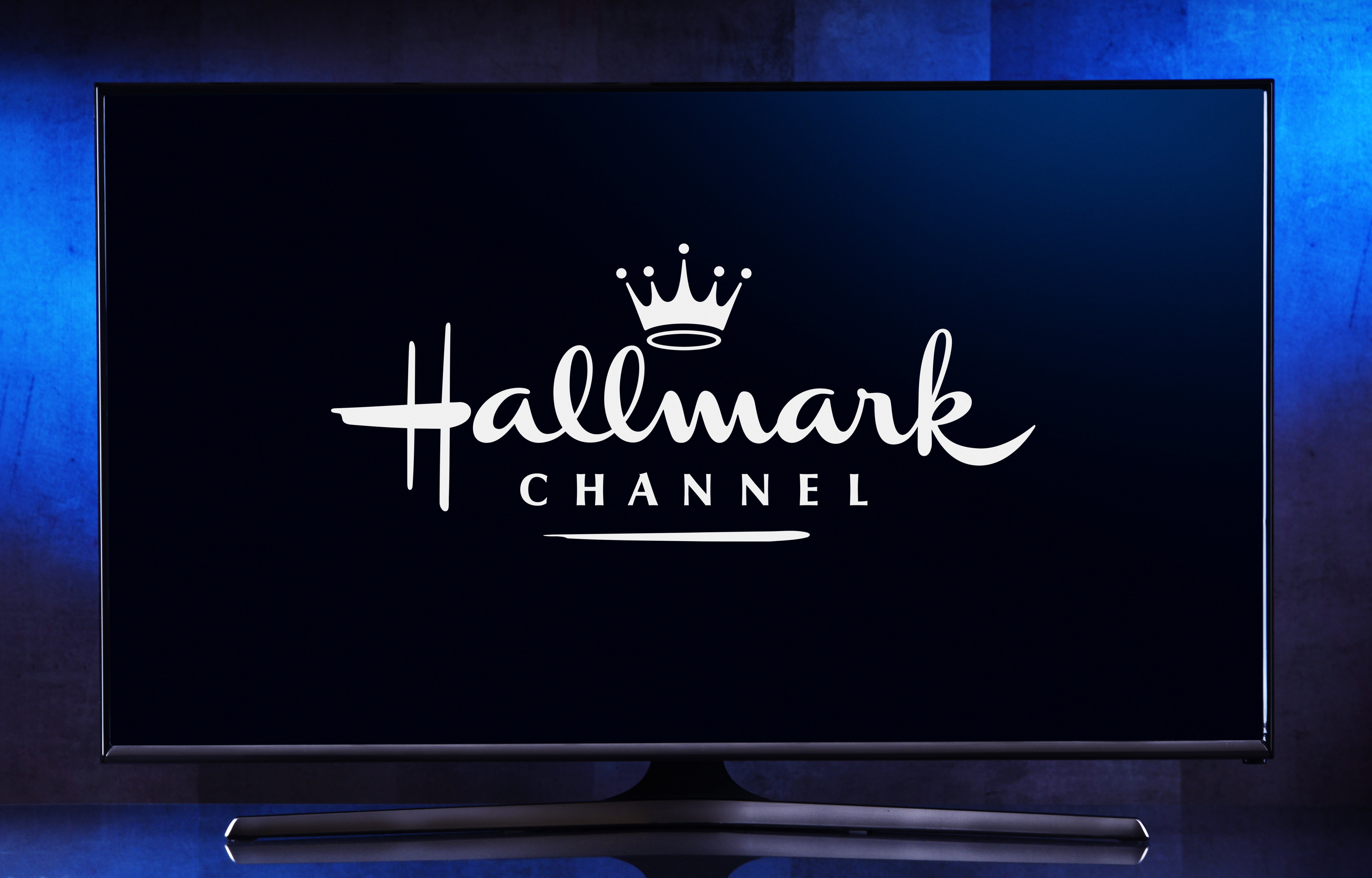Few people realize that Hallmark also owns diverse brands including Crayola crayons. The privately-held company now has over 27,000 employees and has been one of the largest continuous employers in Kansas City.
The Hall brothers launched Hallmark (then the “Hall Brothers” Company) in 1906 as a different (not better) way of helping people stay connected. While they were fascinated by the postcard industry, and appreciated the bright imagery and variety of postcards, they recognized that enclosing letters in envelopes was a more discrete and refined way for people to stay connected. So they combined the 2 ideas— bright and varied fronts and enclosed cards— to create a new thing: Greeting Cards.
In the early 1900's as World War I changed the way people communicated and created a new wave of mail-based communication (by necessity), the greeting card category took off. The Hall Brothers, like any good Category Kings, realized the need for an ecosystem around their category and created things like the shelves used (even today) in stores to display greeting cards to allow people to select them visually and easily in stores. In fact, it was the Hall brothers themselves that invented wrapping paper in 1917 as a fortuitous accident when they ran out of tissue paper in their retail store.
As their category evolved, they stayed on top of the Category King status by branching into new media like television, and reinforcing the importance of holidays with gift wraps, ornaments and the like. Their slogan “When you care enough to send the very best” conditioned the market to believe that anyone who didn’t send a Hallmark obviously just didn’t care enough!
So in this season of Hallmark Holidays we celebrate 2 innovative Category Designers who built a $4 billion business that we know and love even a century later!

